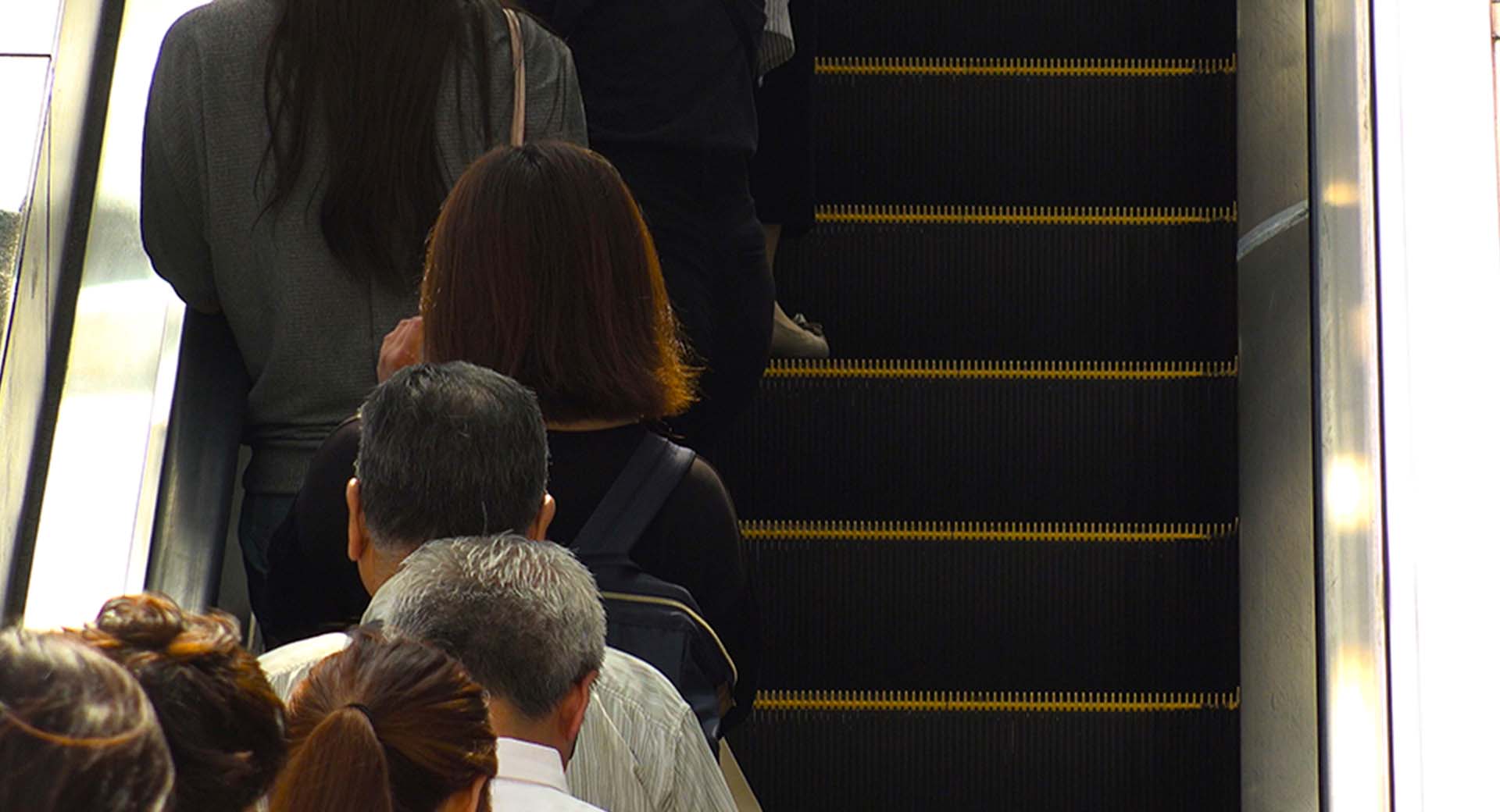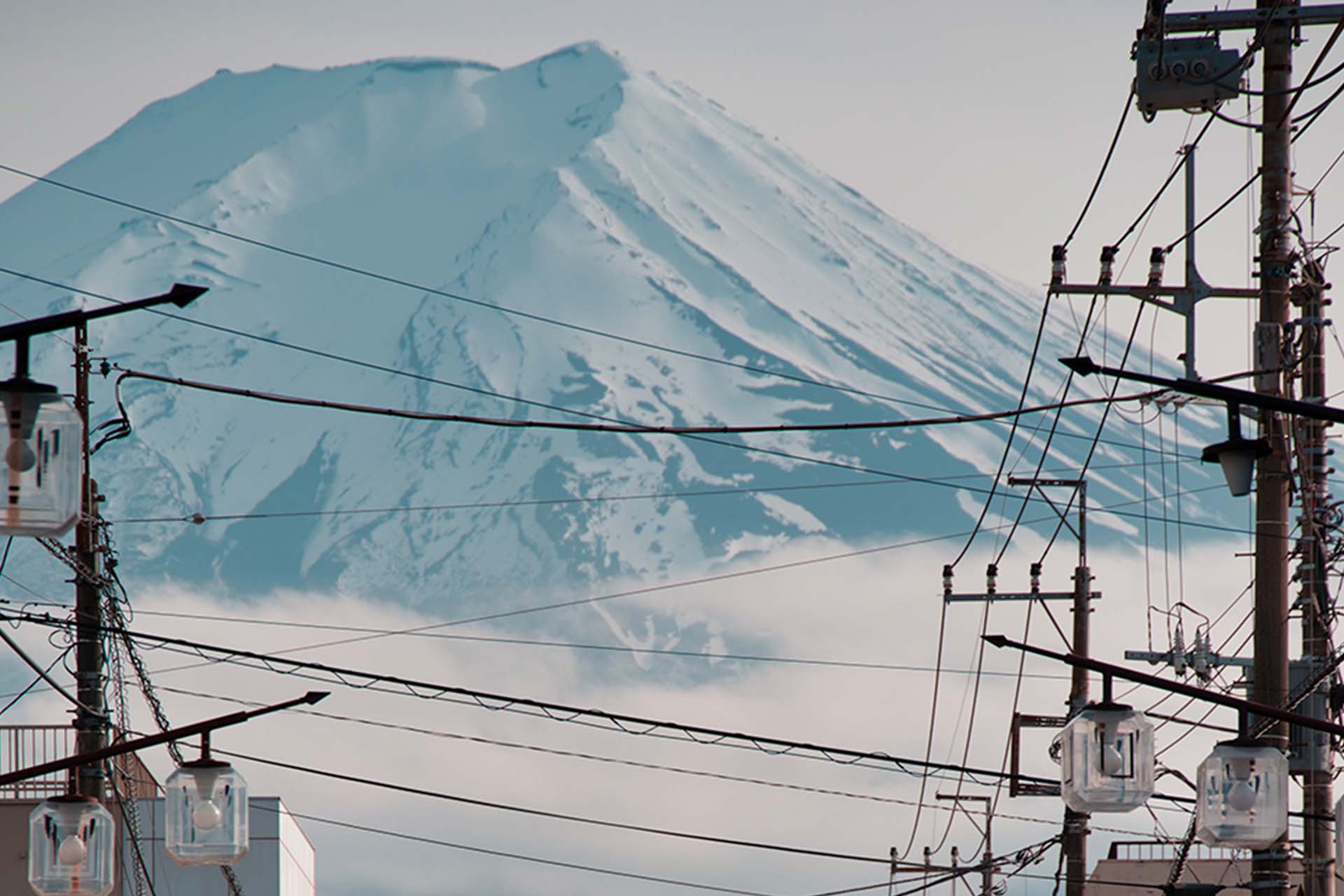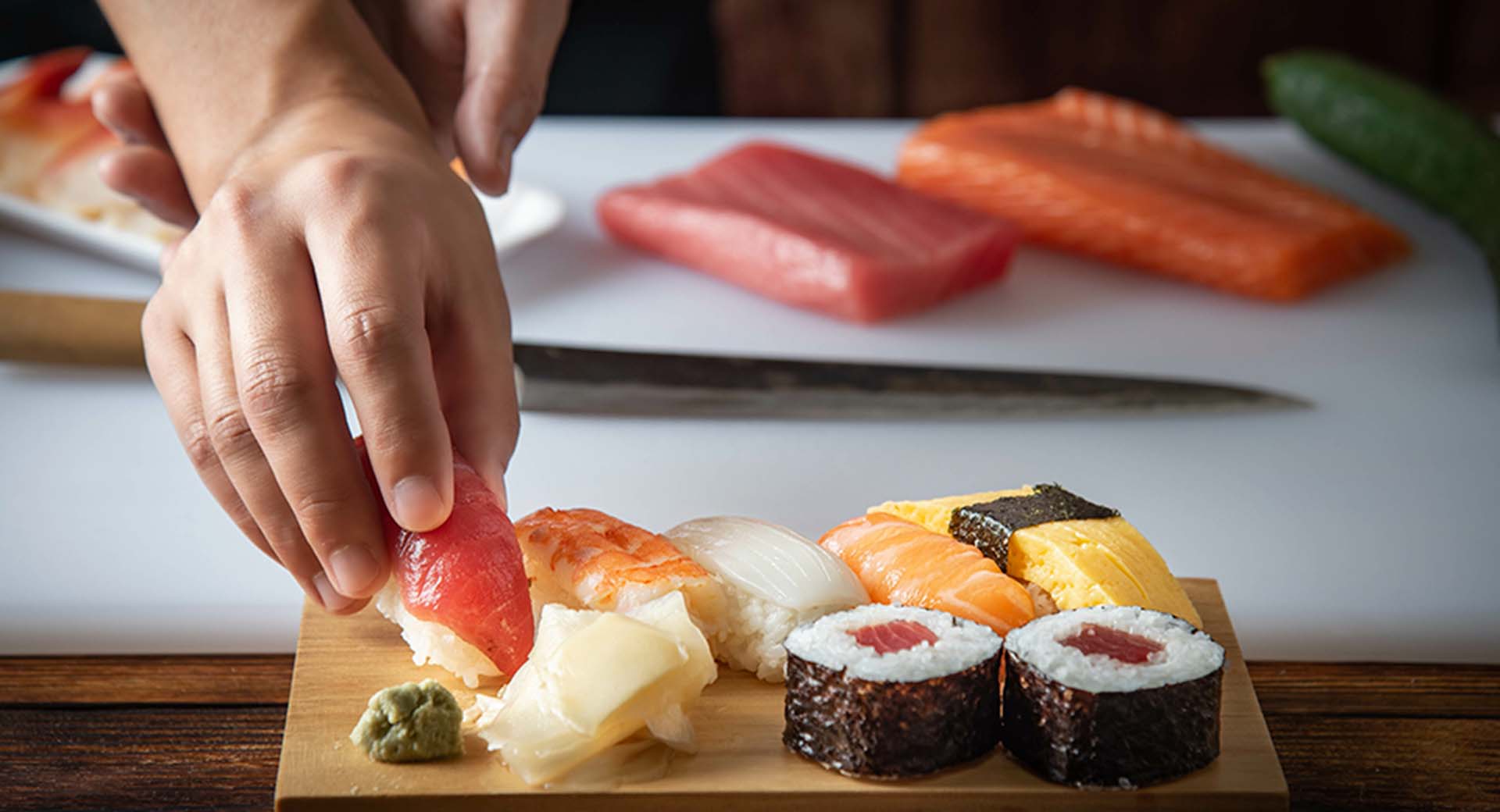Japan’s unique culture and rules
This section focuses on the unique culture and rules of Japan.
Why don’t you enjoy the differences and deepen your understanding of Japan from various aspects by learning about tham?
「Spirit」
Japanese people (especially women) have the courtesy to cover their mouths with their hands when laughing out loud
In Japan,laughing out loud with your mouth wide open is sometimes thought of as “bad manners” or “not classy”.
Covering one’s mouth with one’s hand is one of the gestures of courtesy that the Japanese have,but However,some foreigners from different countries and cultures may be offended and ask,”Why do you cover your mouth?” It is a gesture of courtesy among the Japanese people.
「Behavior」
The crowded trains during rush hour have been eliminated
The rush-hour crowded trains that used to be a famous sight in the heart of Japan.
Recently,more and more workplaces are introducing remote work,and the congestion during rush hour is being emilinated.
The Ministry of Land,Infrastructure,Transport,and Tourism (MLIT) surveyed the average congestion rate in 2020.
The average congestion rate
in the Tokyo metropolitan area was 107%(163% last year),
103% in the Osaka metropolitan area (126% last year),
and 104% in the Nagoya metropolitan area (132% last year).
However,I believe that the orderly system and accuracy of Japanese trains,which operate in a jam-packed evironment,
is a proud cultural feature of the Japanese temperament.
Subways and private railways in the Tokyo area,in particular,run trains precisely minute by minute,
despite a large number of trains in operation.
In addition,if a train is delayed even for a few tens of seconds,an apology is made,
and so the train time system in Japan is very precise,orderly,accurate,and sophisticated.
Standing on escalators differs from region to region
In recent years,it has become common for people to announce that they should not walk on escalators to prevent falls.
It has been considered good manners to stand on either side of the escalator,
with one side open for those in a harry.
In Tokyo and other parts of the Kanto region,people stand on the left side of the train.
In the Kansai region,Osaka,Hyogo,and Wakayama,people stand on the right side,
while in Kyoto,both the left and right sides are used.

Some people doze off on public transportation such as trains and buses
In Japan,some people doze off on their daily commute by train or bus.
Some people go to the first station in the opposite direction of their destination and then sit down and sleep their way to work.
Foreigners are often surprised to find out that they are not robbed or overslept,
or that they are overworked and exhausted.
In some cases,the commute is too long because the distance between home and work is too far.
Some people doze off in peace because Japan is safe,other people don’t mind wearing makeup in public.
「Landscape」
When I look up at the sky,I see a lot of power lines
It’s hard to notice when you live in Japan,but the Japanese landscape is filled with electric poles and wires everywhere.
Burying utility poles in the ground is called “going pole-free” and London,Paris,HongKong,and Singapore have a 100% pole-free rate.
According to the Ministry of Land,Infrastructure,Transport,and Tourism,
Japan’s pole-free rate is 8% in the 23 wards of Tokyo and 6% in Osaka city.
In Japan,there is a movement to actively promote the use of utility poles,and in recent years.
However,the reason why it is difficult to underground poles is because of the cost and the need to align the various groups involved with interests.
In terms of aesthetics,there are opinions that it is better to have poles and wires crossing each other,as it looks more Japanese.
In terms of disaster prevention,there are both pros and cons,and it will be difficult to eliminate utility poles at a rapid pace.

「Custom」
Umbrellas bloom on rainy days and suunny days
It is said that Japanese people are umbrella lovers,even in light rain.
Japan has twice as much precipitation as the world average,and the climate is rainy and humid.
Therefore,if you move around in the rain without an umbrella,
you will get soaked and not be able to dry off easily,which may make you feel sick.
This may be due to the Japanese tendency to want to escape from danger even if it means taking the trouble to carry an umbrella,
rather than the hassle of carrying one.
Incidentally,nowadays people use umbrellas to prevent sunburn even on sunny days.
It is said that sunscreen cream is more effective than parasols because parasols cannot protect you from the sunlight reflected from the ground.
However,many Japanese women wear sunscreen creem,arm covers,sunglasses,sun visors,and parasols.
Many of them are fully protected.
「Personality」
Japanese people are characterized by “reading the air”
In the globalized world of Japan,there are still many people who do not understand what is going on.
In the globalized world of Japan,life is never complete in just one country.
Therefore,it is important to be able to use both the ability to communicate in words and the ability to communicate by reading the atmosphere.
It is good to be able to use both of them.

When having a meal
In Japan,we say “Itadakimasu” at the beginning of a meal and “Gochisousama” at the end of a meal to express our gratitude for the meal and the ingredients used to make it.
When eating,lift the bowl with your hand and hold the chopsticks with your dominant hand.
When using chopsticks,be carefull not to stick them into the rice or pass food from chopstick to chopstick,as these are considered taboo.

●When eating noodles such as soba noodles,Japanese people make a lot of noise as they slurp them.
When drinking coffee,we also make a lot of noise when we slurp it down while it is still hot.
This may come as a surprise to foreigners,for it is considered bad manners to make noise while eating.
●In Japan,the quality of customer service and polite “Irasshaimase” (welcome) when entering a restaurant is highly regarded.
But on the other hand,in Japan,when you order at a restaurant or eatery,
you have to say “excuse me” out loud for the waitress to come to you.
They won’t rush to you just by eye contact,but some restaurants are equipped with a call button to call the shopkeeper.
Sushi Manners
You can eat what’s in season.
When you think of Japan,you think of “sushi”,and it’s a dish you’re familiar with.
However,even though it is the some word “sushi”,how should you use the two different kanji characters for “寿司” and “鮨”?
There are also terms such as “shari” and “geta”,which even Japanese people may know but may not be familiar with.
Here are some of the manners and methods you need to know to eat well and with peace of mind.

【Basic Sushi Term】
- ・Shari:Sushi rice is used to make sushi.
- ・Neta:The ingredients used to make sushi.
- ・Geta:A piece of sushi that is placed on top of the sushi.When viewed from the side,
it looks like a geta.It is not moved or taken down from the counter. - ・Gari:Ginger.
- ・Namida:Wasabi.
- ・Agari:Tea.
- ・Kappa:Cucumber.
●Sushi is counted in “ikkan” “nikan”,which means “one-piece”or “two pieces”.
However,depending on the restaurants,there are may be one sushi or two sushi,even if consistency is the same.
●You can eat sushi either with your hands or with chopsticks.
When you put soy sauce on the sushi,turn it sideways without breaking it,and put it on the ingredients,not the rice.
Then,the neta touches your tongue,and you can enjoy the taste of the sushi more.
It is not good manners to peel off the neta and dip it in soy sauce,
so it is best to choose the method that allows you to eat the sushi in one coutinuous motion without it falling apart.
●When eating gunkan,use the gari on the side as a brush to apply soy sauce to the top of the gunkan.
Gari is eaten with chopsticks.
●It is not good manners to put too much soy sauce or to eat only the neta and leave the rice.
Also,try to eat as much of the sushi as you can in one bite.
If you feel that the sushi is too big,ask the chef to reduce the amount of rice.
If you don’t like wasabi,ask the chef to remove it.
●If you put your chopsticks down during the meal,place them on the chopstick rest.
It is not a good manner to put your chopsticks with bowl or geta.
If you are eating with disposable chopsticks,you can fold the bag containing disposable chopsticks and use it as a chopstick rest.
●Recently,more and more restaurants are asking customers to eat as they please,so there is no set order for ordering.
However,when you order sushi,you should order the lightest to fully appreciate the delicate taste of the ingredients.
You can tell the end of the meal by ordering sushi with a light taste,
sushi with a strong taste,and finally gunkanmaki and kappa rolls.
It is also customary to order soup at the end of the meal.
When you are served a certain number of items,such as “tokujyo nigiri” (special rice ball) or “matsu,bamboo,plum” (pine,bamboo,plum),it is called “Okimari”.
When you are served ,”Okimari”,sushi is placed the taste becomes stronger from left to right,so eat from left to right.
In the case of 2 steps,the left side in front is pale.
●It is also a good idea to sit at the counter of a sushi restaurant and listen to the chef’s advice on what’s in season or what the restaurant’s specialties are.
When sitting at the counter of an upscale sushi restaurant,
it is good manners to take off your watch or bracelet to avoid damaging the wood of the counter.

